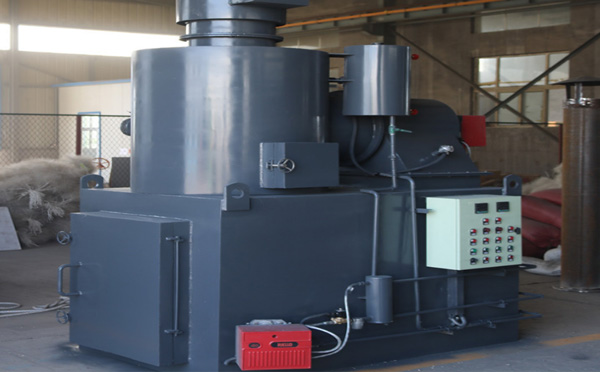- 05
- Nov
What are the refractory brick castables for waste incinerators?
What are the refractory brick castables for waste incinerators?
Waste incinerators are divided into: municipal solid waste incinerator, intermittent incinerator, grate-type dream incinerator, garbage pyrolysis gasification incinerator, fluidized bed incinerator, rotary kiln-type industrial waste incinerator, grate-type incinerator furnace.
To
Because there are so many types of garbage that cannot be completely classified, the caloric value of the garbage is also different. In order to ensure that the garbage incinerator maintains good performance under long-term high temperature, it is necessary to consider the selection of refractory materials from many aspects. Mainly silicon carbide bricks. Castables are mainly clay-based, high-alumina plastics, clay-based, and silicon carbide-based castables. Due to the high corrosivity of waste incinerators, the use of castables is constantly evolving. The use of silicon carbide castables and phosphates combined with high-alumina castables is gradually increasing because these two castables have good wear resistance.
The selection basis of refractory materials: different garbage incinerators have different operating conditions, and different internal use temperatures require different properties of refractory materials. Therefore, refractory materials with different properties should be selected according to their working environment and use temperature. The operating temperature of the garbage incinerator is 1200℃-1400℃. The gas is highly corrosive to refractory materials during incineration, and the furnace bottom, propellers, and side walls are very worn and impacted. Therefore, the choice of high-quality lining will also continue to be updated.
Choose refractory materials according to the working environment. In the input part of the waste incinerator, since the input and fall of the waste must be in contact with the material, and the temperature of the input port often changes, the refractory is required to have good wear resistance and thermal shock resistance. For stability, clay bricks can be used.
In the drying room and combustion chamber of the waste incinerator, the waste and the furnace lining are in direct contact at high temperatures. On the one hand, the slag will adhere to the furnace lining, and on the other hand, impurities will invade the furnace lining. At the same time, the input of waste will inevitably cause temperature changes. Therefore, refractory materials are required to be not only wear-resistant, corrosion-resistant, and difficult to adhere, but also alkali-resistant and oxidation-resistant. Generally, clay bricks, high-alumina bricks, SiC bricks, castables and plastics are used.
Choose refractory materials according to the use temperature, different garbage incinerators, different use parts, and different use temperatures: the use temperature of the roof, side walls, and burners of the combustion chamber is 1000-1400, and the refractoriness of 1750-1790 can be selected. High-alumina bricks and clay bricks, plastics with a refractoriness of 1750-1790 can also be used.
The requirements for refractory materials must have the following points:
1. Use high-strength and wear-resistant products to resist wear and strong airflow;
2. It must have acid resistance and stability to resist acid corrosion;
3. Thermal shock is also an important factor that cannot be ignored;
Fourth, it must have CO erosion to prevent the lining material from cracking;
Fifth, the choice of insulation materials, according to different situations, choose light insulation materials that are more suitable for each part.

